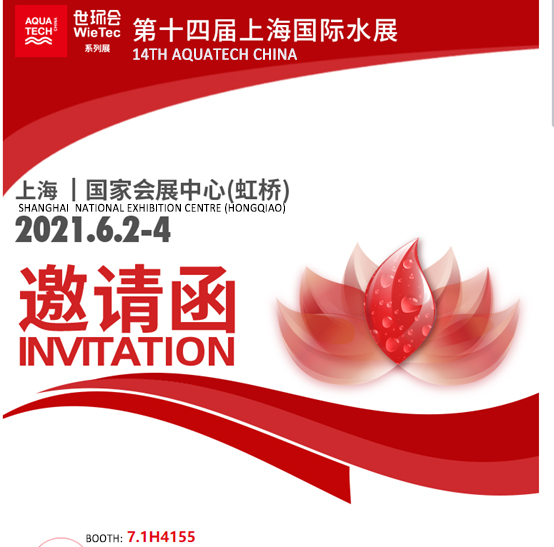
-
 Afrikaans
Afrikaans -
 Albanian
Albanian -
 Amharic
Amharic -
 Arabic
Arabic -
 Armenian
Armenian -
 Azerbaijani
Azerbaijani -
 Basque
Basque -
 Belarusian
Belarusian -
 Bengali
Bengali -
 Bosnian
Bosnian -
 Bulgarian
Bulgarian -
 Catalan
Catalan -
 Cebuano
Cebuano -
 China
China -
 China (Taiwan)
China (Taiwan) -
 Corsican
Corsican -
 Croatian
Croatian -
 Czech
Czech -
 Danish
Danish -
 Dutch
Dutch -
 English
English -
 Esperanto
Esperanto -
 Estonian
Estonian -
 Finnish
Finnish -
 French
French -
 Frisian
Frisian -
 Galician
Galician -
 Georgian
Georgian -
 German
German -
 Greek
Greek -
 Gujarati
Gujarati -
 Haitian Creole
Haitian Creole -
 hausa
hausa -
 hawaiian
hawaiian -
 Hebrew
Hebrew -
 Hindi
Hindi -
 Miao
Miao -
 Hungarian
Hungarian -
 Icelandic
Icelandic -
 igbo
igbo -
 Indonesian
Indonesian -
 irish
irish -
 Italian
Italian -
 Japanese
Japanese -
 Javanese
Javanese -
 Kannada
Kannada -
 kazakh
kazakh -
 Khmer
Khmer -
 Rwandese
Rwandese -
 Korean
Korean -
 Kurdish
Kurdish -
 Kyrgyz
Kyrgyz -
 Lao
Lao -
 Latin
Latin -
 Latvian
Latvian -
 Lithuanian
Lithuanian -
 Luxembourgish
Luxembourgish -
 Macedonian
Macedonian -
 Malgashi
Malgashi -
 Malay
Malay -
 Malayalam
Malayalam -
 Maltese
Maltese -
 Maori
Maori -
 Marathi
Marathi -
 Mongolian
Mongolian -
 Myanmar
Myanmar -
 Nepali
Nepali -
 Norwegian
Norwegian -
 Norwegian
Norwegian -
 Occitan
Occitan -
 Pashto
Pashto -
 Persian
Persian -
 Polish
Polish -
 Portuguese
Portuguese -
 Punjabi
Punjabi -
 Romanian
Romanian -
 Russian
Russian -
 Samoan
Samoan -
 Scottish Gaelic
Scottish Gaelic -
 Serbian
Serbian -
 Sesotho
Sesotho -
 Shona
Shona -
 Sindhi
Sindhi -
 Sinhala
Sinhala -
 Slovak
Slovak -
 Slovenian
Slovenian -
 Somali
Somali -
 Spanish
Spanish -
 Sundanese
Sundanese -
 Swahili
Swahili -
 Swedish
Swedish -
 Tagalog
Tagalog -
 Tajik
Tajik -
 Tamil
Tamil -
 Tatar
Tatar -
 Telugu
Telugu -
 Thai
Thai -
 Turkish
Turkish -
 Turkmen
Turkmen -
 Ukrainian
Ukrainian -
 Urdu
Urdu -
 Uighur
Uighur -
 Uzbek
Uzbek -
 Vietnamese
Vietnamese -
 Welsh
Welsh -
 Bantu
Bantu -
 Yiddish
Yiddish -
 Yoruba
Yoruba -
 Zulu
Zulu
Efficient Mixing Solutions with Fiberglass Agitating Tanks for Various Applications
The Versatility of Fiberglass Agitating Tanks
Fiberglass agitating tanks have become an essential component in various industries, including chemical processing, pharmaceuticals, food and beverage production, and wastewater treatment. These tanks, designed specifically for mixing, blending, or agitating liquids, offer numerous advantages that make them a preferred choice over traditional alternatives.
What are Fiberglass Agitating Tanks?
Fiberglass agitating tanks are storage and mixing vessels made from fiberglass-reinforced plastic (FRP). This composite material consists of fine glass fibers embedded in a resin matrix, providing exceptional strength, durability, and resistance to corrosion. The tanks are equipped with mechanical agitators that facilitate the mixing of liquids, ensuring uniform distribution of components and preventing sedimentation.
Key Advantages
1. Corrosion Resistance One of the most significant benefits of fiberglass tanks is their resistance to chemical corrosion. Unlike metal tanks that may rust or degrade over time, fiberglass can withstand harsh chemicals, acids, and alkalis. This makes them ideal for industries dealing with aggressive substances.
2. Lightweight and Durable Fiberglass is considerably lighter than metal, which simplifies transport and installation. Despite their lightweight nature, fiberglass tanks are highly durable and can last for many years with minimal maintenance. Their robust construction helps them endure varying environmental conditions, from extreme temperatures to high pressures.
fiberglass agitating tank

3. Customizable Design Fiberglass agitating tanks can be tailored to meet specific requirements. They can be produced in various sizes, shapes, and configurations, accommodating a wide range of applications. Custom designs can include specialized mixing elements, insulation, and even integrated heating or cooling systems.
4. Cost-Effectiveness While the initial investment in a fiberglass agitating tank may be higher than that of steel tanks, the long-term savings can be substantial. Their resistance to corrosion and minimal maintenance needs result in lower operational costs, making them a cost-effective solution over time.
5. Hygienic Properties In industries such as food processing and pharmaceuticals, hygiene is paramount. Fiberglass tanks can be designed with smooth, non-porous surfaces that minimize bacterial growth and facilitate easy cleaning. This is crucial for maintaining product quality and safety.
Applications
Fiberglass agitating tanks find applications in various sectors. In the chemical industry, they are used for mixing solvents, polymers, and adhesives. The food and beverage industry employs them for processes such as fermentation, blending ingredients, and storage of liquid products. In wastewater treatment, these tanks are utilized for mixing chemicals and aiding in the treatment process.
Conclusion
In summary, fiberglass agitating tanks are an invaluable asset across multiple industries. Their durability, corrosion resistance, and customizable features make them an ideal choice for mixing and storing a variety of liquids. As industries continue to seek efficient, cost-effective solutions for their operations, fiberglass agitating tanks stand out as a reliable option that combines performance with longevity. Whether in a chemical plant, a food processing facility, or a wastewater treatment plant, these tanks contribute significantly to the efficiency and safety of industrial processes.
Latest news
-
Exploring the Benefits of Top Hammer Drifter Rods for Enhanced Drilling PerformanceNewsJun.10,2025
-
High-Precision Fiberglass Winding Machine for GRP/FRP Pipe Production – Reliable & Efficient SolutionsNewsJun.10,2025
-
FRP Pipes & Fittings for Shipbuilding - Corrosion-Resistant & LightweightNewsJun.09,2025
-
Premium FRP Flooring Solutions Durable & Slip-ResistantNewsJun.09,2025
-
Premium Fiberglass Rectangular Tanks Durable & Lightweight SolutionNewsJun.09,2025
-
Tapered Drill String Design Guide Durable Performance & UsesNewsJun.09,2025









